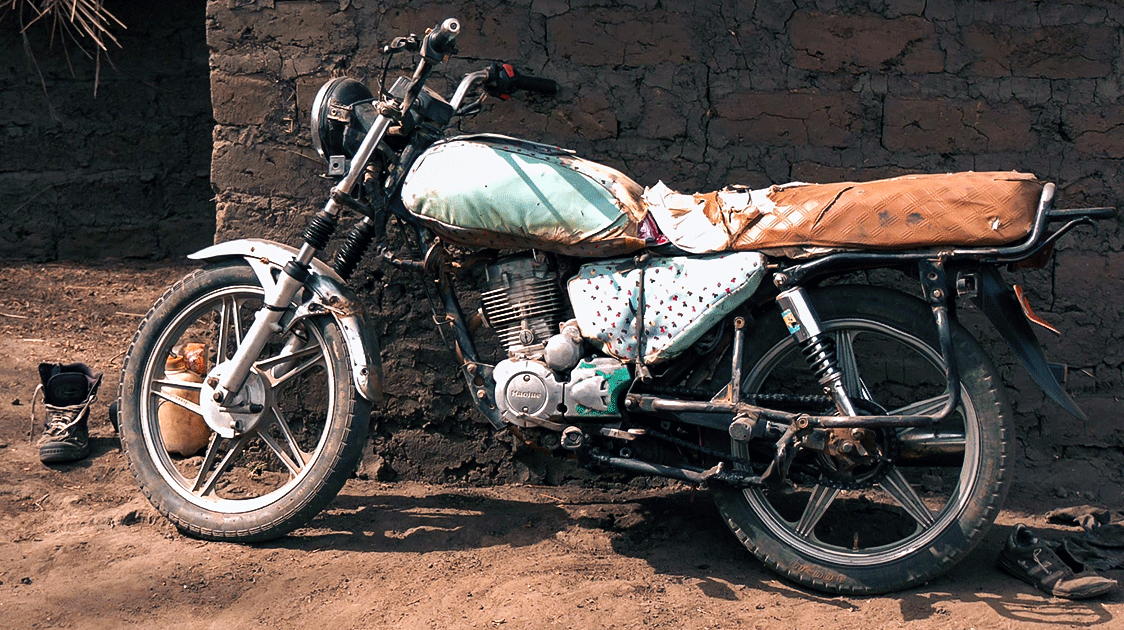Where have all the Big Cats gone?
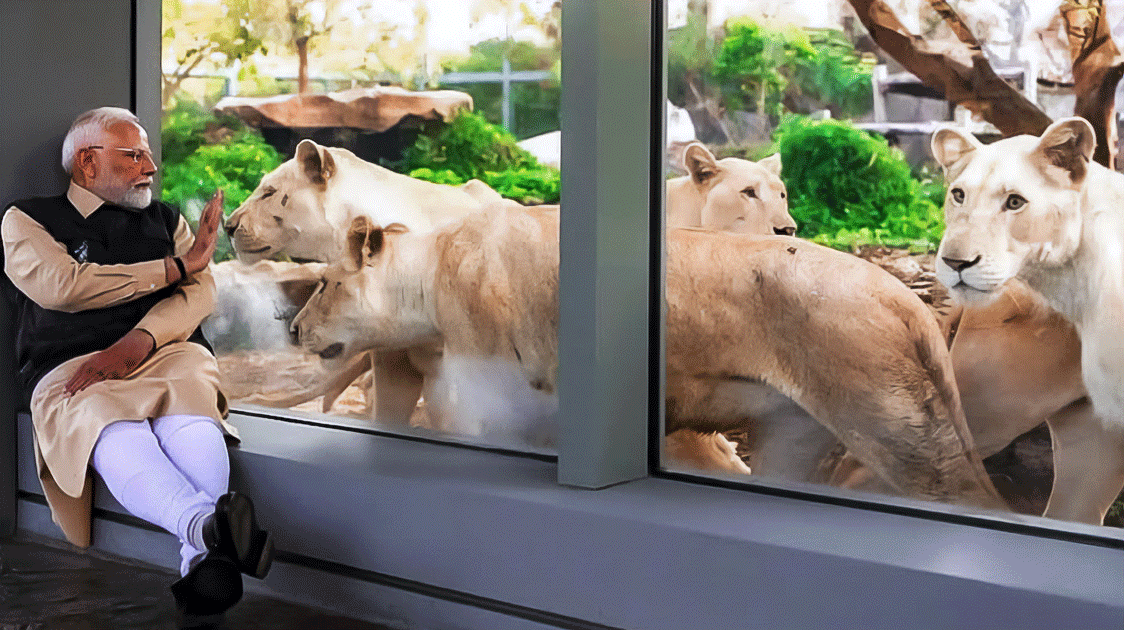
By Dr Daniel Stiles
Captive big cat collections from around the world, among the poaching threats now facing big cats, are being hoovered up by one mega-zoo in India that calls itself Vantara – ‘Star of the Forest’ in Hindi.
Looking only at five big cat species that are held both in African wildlife facilities and exported to Vantara from Africa and elsewhere, Customs trade records show that a total of 586 have arrived through August 2025.
This number does not include large numbers of tigers and leopards acquired locally from Indian wildlife facilities, and other big cat species not exported from Africa, such as clouded leopard, snow leopard, and puma.
Why would one facility want this many big cats?
Vantara, originally known as the Greens Zoological Rescue and Rehabilitation Centre, is the brainchild of Anant Ambani, the son of petrochemical billionaire Mukesh Ambani, India’s richest man.
Vantara is spread out over 3,000 acres of land on the grounds of Reliance Industry’s massive oil refinery in Jamnagar, Gujarat.
Anant Ambani claims that “Vantara is a combination of the age-old ethical value of compassion with the excellence of modern scientific and technological professionalism”.
Last year, he said animal care is a selfless service towards “the almighty as well as humanity”.
The media blitz generated by the Ambani PR machine is overwhelmingly positive, with even India’s prime minister Narendra Modi featuring prominently giving it his blessing. Since 2022, over 40,000 wild animals have been imported supposedly as “rescues”.
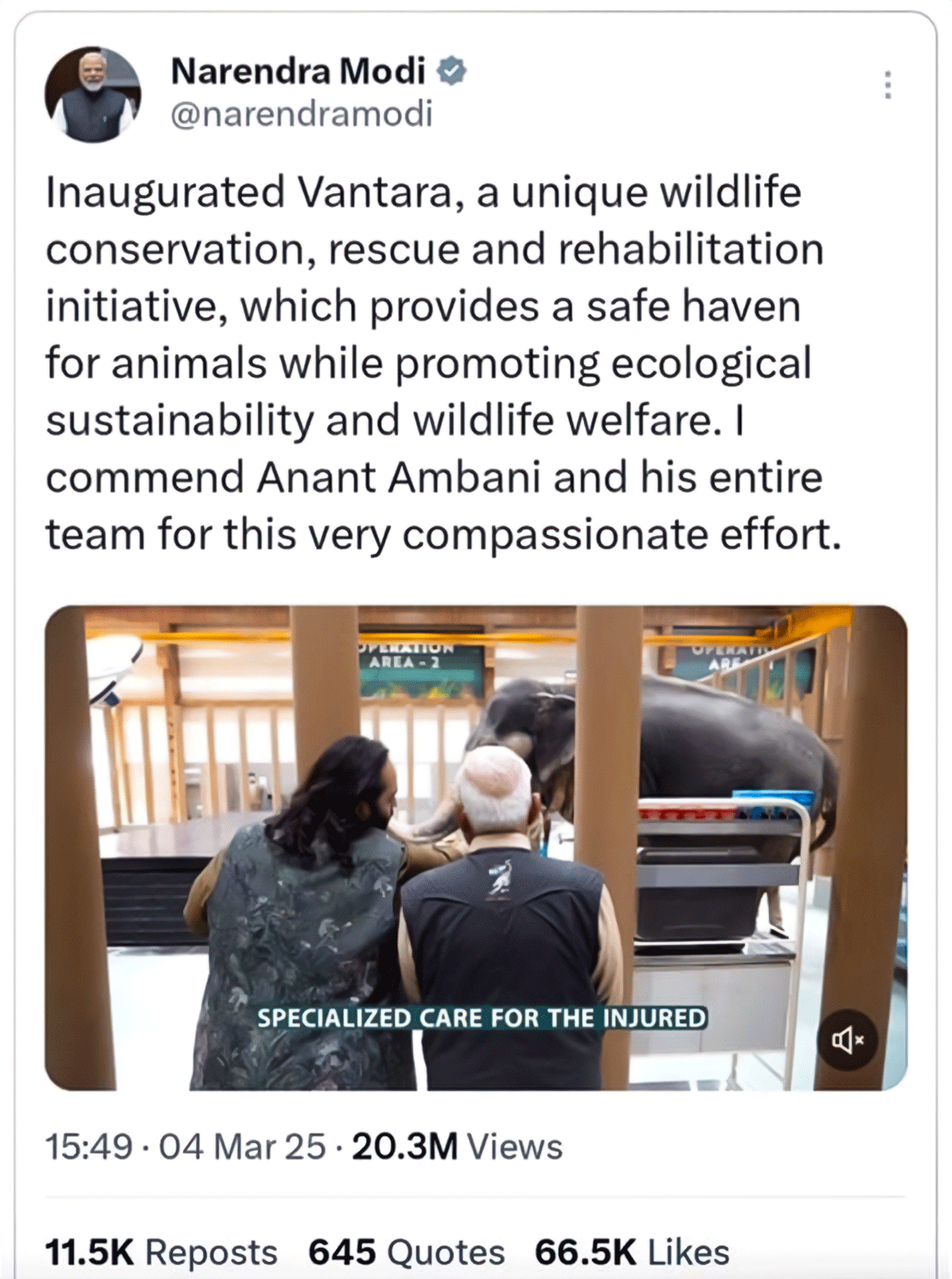
Table 1 shows the species and numbers of big cats broken down by African or other exporters. Table 2 shows the species and numbers by country and exporter name.
Table 1. Five big cat species exported to Vantara as of end-August 2025.
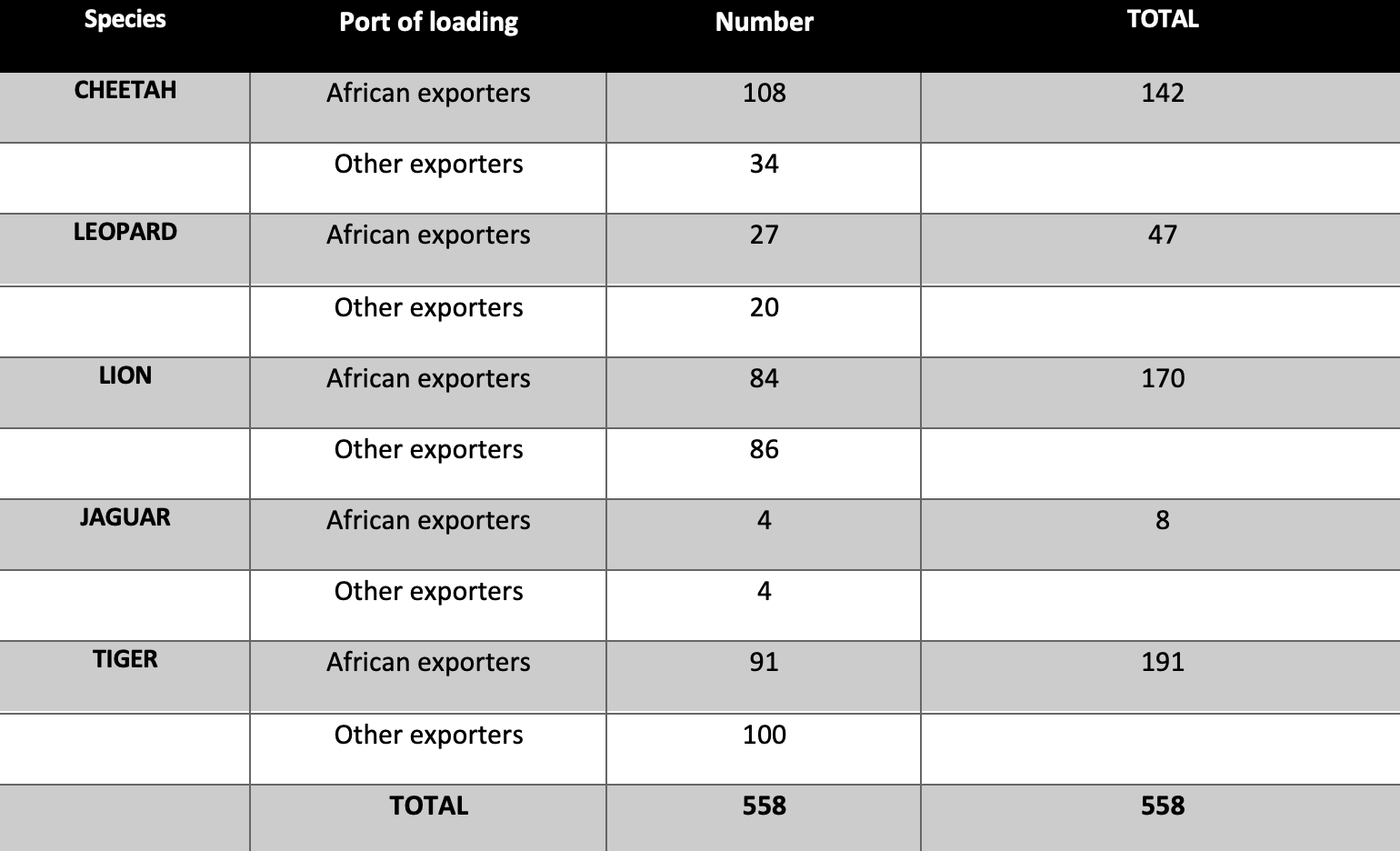
Table 2. Export country and exporter name in Customs documents.
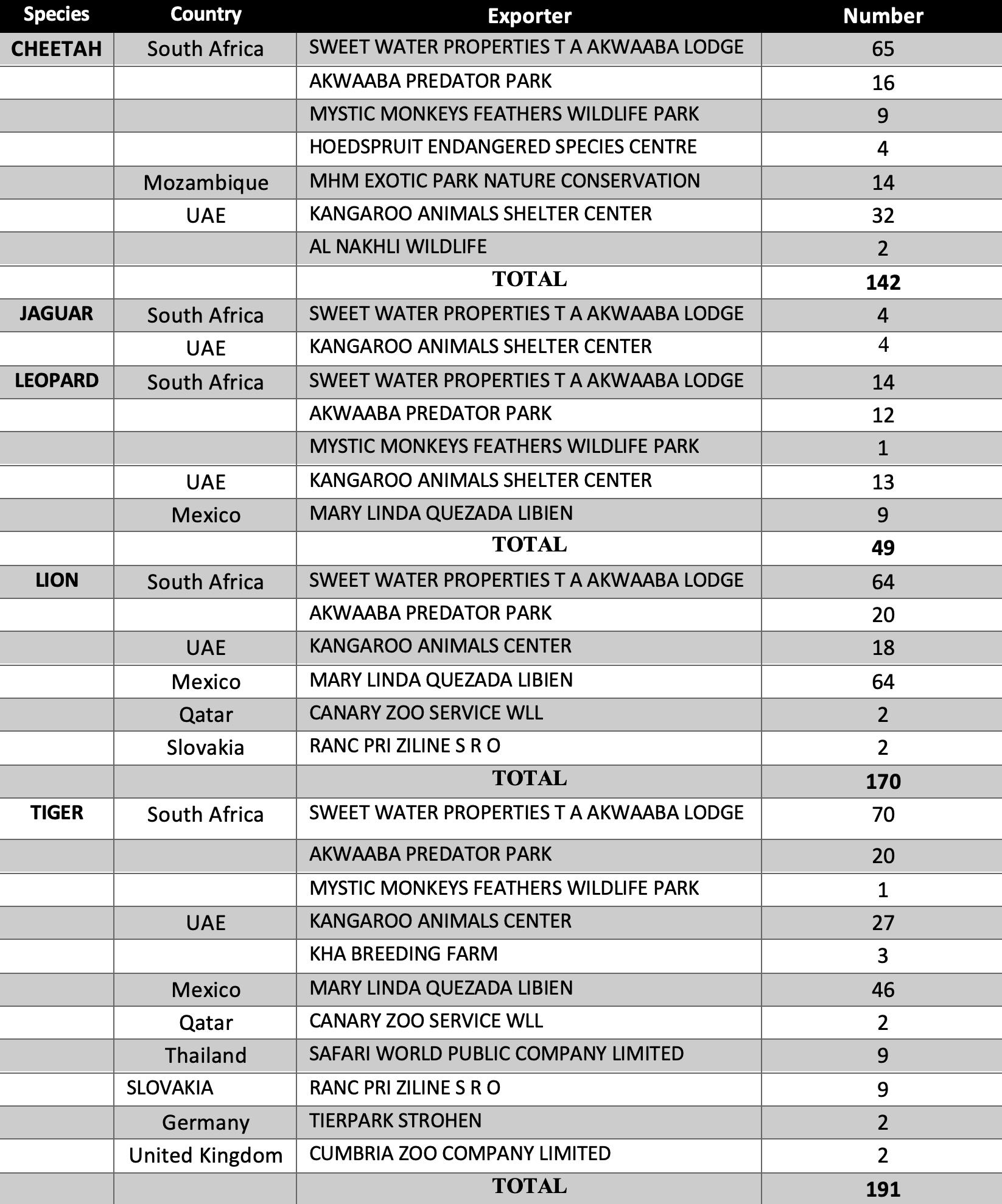
Tigers are the most numerous, followed by lions and cheetahs.
Nazeer Cajee’s South African Akwaaba Lodge and Predator Park, exporting under two versions of the name, is the largest single exporter accounting for a total of 286, or 49% of the total.
Mary Linda Quezada Libien of Mexico is second with 119 and Kangaroo Animals Shelter Center of the United Arab Emirates (UAE) is third with 108.
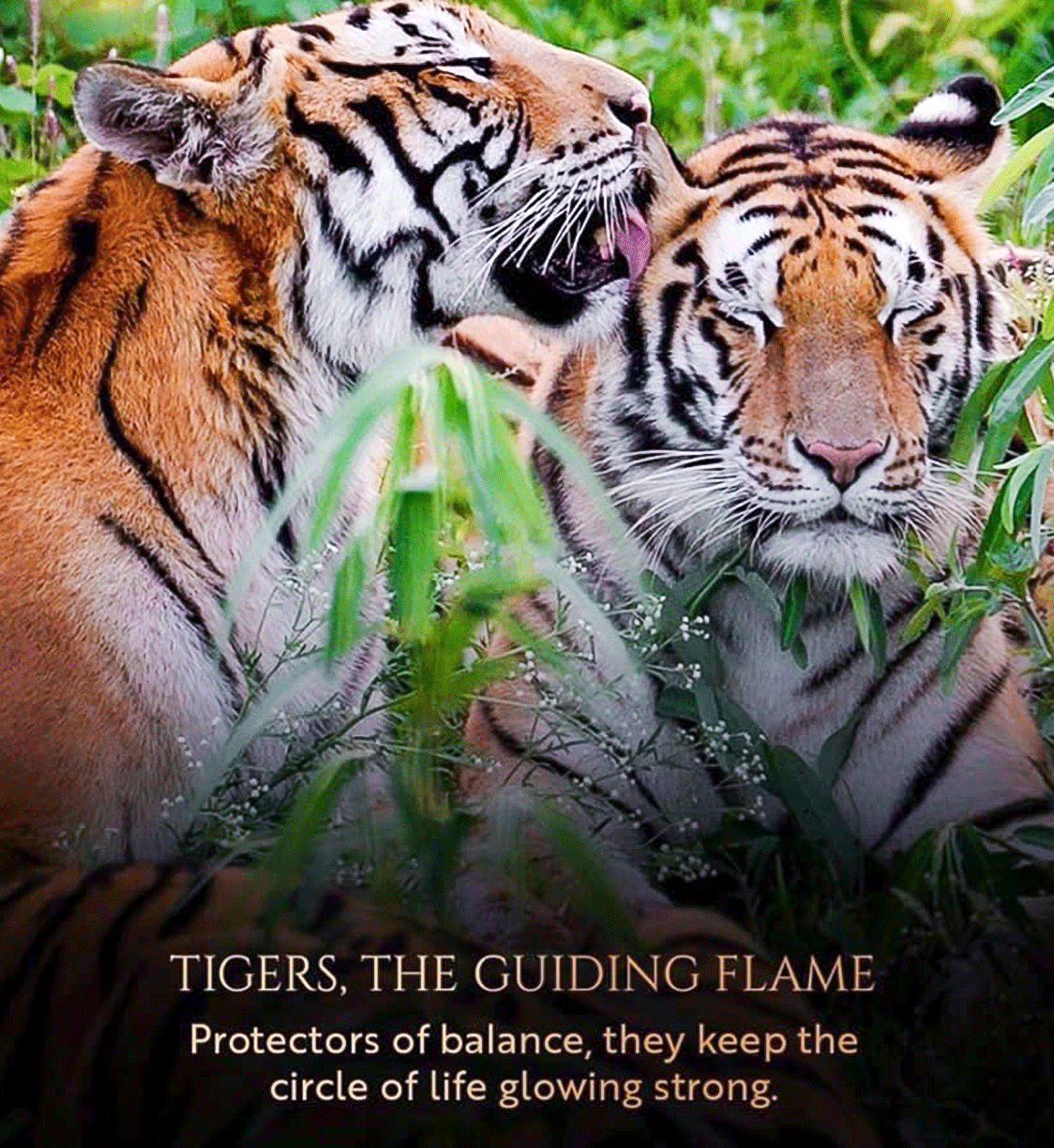
All three of these exporters have checkered histories.
Vantara purchased from Akwaaba Lodge and Predator Park 958 animals – including the 286 big cats. Akwaaba and Cajee personally also exported 29 big cats to Kangaroo Animal Trading, before the “shelter” was registered, in 2022.
Akwaaba is a known predator breeding facility that conducted canned lion hunts in the park and is alleged to have sold live tigers and tiger bones abroad. Akwaaba closed down to the public soon after the sale, but it still operates as an animal exporting facility to Vantara in a private capacity.
Mary Linda Quezada Libien is the wife of a dodgy character named Miguel Ángel Pérez Hassaf. Hassaf was charged with wildlife trafficking in 2014 as the owner of 510 exotic animals that were seized in Mexico City, the largest seizure ever seen there.
Haffaz and a partner were acquitted and released due to “insufficient evidence”. Libien is the registered owner of Fauna Zoo de Mexico, which Vantara’s 2022-2023 Annual Report indicates as the importer of the big cats from Mexico.
Many of the tigers and lions were hybrids, of no value to conservation of endangered species. Fauna Zoo acquired the big cats from those seized by the authorities from Eduardo Serio’s disgraced Black Jaguar-White Tiger zoo.
Kangaroo Animals Shelter Center (KASC) in the UAE, appears to be a recent spinoff from the commercial animal supplier Kangaroo Animals Trading, owned by Khaled Aldhaheri. KASC is located in the desert town of Al Ain in Abu Dhabi, UAE, and over recent years has supplied dozens of protected species to Vantara totalling over 7,800 animals, straining international anti-poaching operations, including a mountain gorilla and Tapanuli orangutan, the only known specimens known to be in captivity.
Vantara states that “Animals are accepted at our facilities solely from recognised zoos, rescue centres, conservation breeding centres, statutory governmental departments, and elephant owners registered as per the provisions of the Wild Life Protection Act”.
Akwaaba, Fauna Zoo and Kangaroo certainly do not fit any of those descriptions, despite attempts by their owners to make them appear otherwise.
WAPSFA allegations
The Wildlife Animal Protection Forum of South Africa WAPSFA published a report in March 2025 warning of suspicious big cat exports to Vantara and urging the South African Minister of Environment Forestry and Fisheries (DFFE), Dion George, of the “export of a large number of wild animals among others leopards, cheetahs, lions and tigers from South Africa” to Vantara.
The report further stated, “The lions and tigers exported from South Africa appear to have been purchased and exported from breeding facilities in South Africa and therefore perhaps the current living conditions offered at Vantara have improved.
This does not justify the reality that they will now be transformed into breeding machines, exploited within the numerous animal breeding facilities (nurseries) located outside the main zoo.”
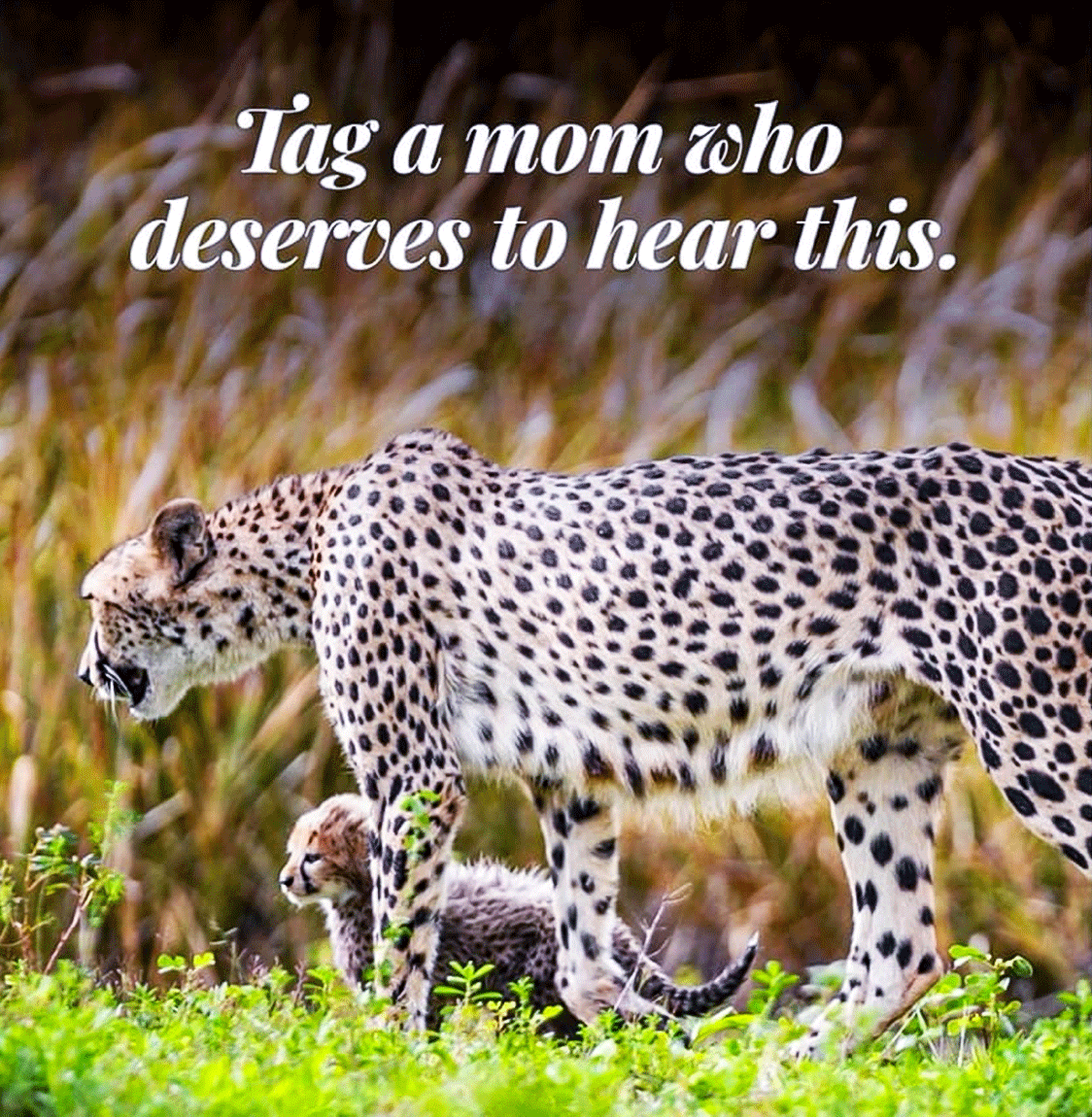
The Vantara 2023-24 Annual Report includes a section on its Conservation Breeding Programme.
Vantara’s response to WAPSFA was to order their lawyers to threaten WAPSFA with a legal notice informing them and DFFE that WAPSFA’s report “had made false, misleading, and defamatory statements regarding our client.”
This type of threat letter had been sent out to many of the critics of Vantara.
Attorneys acting for WAPFSA bravely responded to SHS Chambers, Vantara’s lawyers, on 18th March 2025, stating that their allegations were both incorrect and unsubstantiated.
Furthermore, they suggested that the real purpose of the letter was to intimidate WAPFSA into dropping its investigations, all of which were being undertaken purely in the public interest and through community involvement regarding wildlife trade from South Africa.
A clean chit
The Supreme Court of India recently established a Special Investigation Team (SIT) composed of retired judges, a retired police commissioner, and a Commissioner of Customs.
In the space of less than three weeks, they supposedly examined all allegations made against Vantara, including establishing that all CITES permits and other required documents were in order. They gave it a “clean chit”.
The SIT’s report is sealed; therefore, it is not possible to know how thoroughly it examined and assessed the material submitted to it.
The Supreme Court’s findings have not halted the criticisms of Vantara; however, its acquisition activities will undergo further scrutiny at the 20th CITES Conference of the Parties, scheduled for 24 November to 05 December 2025, in Samarkand, Uzbekistan.
Meanwhile, big cats continue to be exported to Vantara.
Dr Stiles started out in anthropology and archaeology, researching past and present natural resource use among hunter-gatherers and pastoralists, and later moved to the UN system, working on desertification control. In 1999, he began investigating wildlife trade, producing reports and publications for UN agencies, the IUCN, TRAFFIC, and various NGOs.




